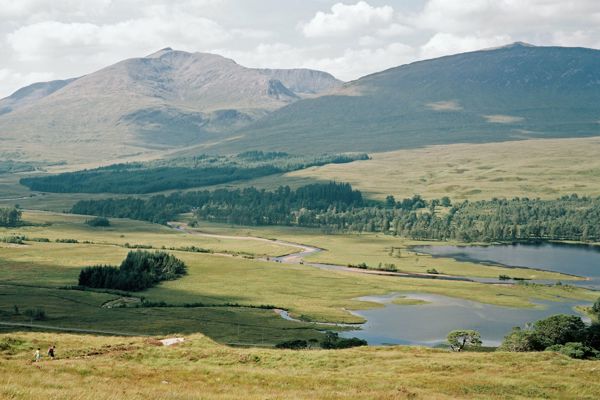It is not just the high transmission charges that have been curtailing projects, but also the difficulty of satisfying the requirement for an assured critical mass of new projects to justify investment in grid infrastructure.
The existing electricity network is a distribution network operating at 33kV or below, and the Orkney Islands are connected to mainland Scotland by two 33kV subsea cables installed in 1982 and 1998 respectively between Rackwick Bay on Hoy, and Murkle Bay near Thurso. These cables have a total capacity of 40MW and the currently connected generation in Orkney uses all of the available export capacity in those existing 33kV cables.
Demand on for energy on the Orkney Islands ranges from between 7MW and 46MW and is secured in the event of a network fault with the assistance of a standby diesel generator installed at Kirkwall.
However, this week UK energy regulator Ofgem conditionally approved SSE Networks’ proposals to build a 220MW interconnector linking Orkney with the Scottish mainland.
The £260m interconnector is scheduled to be operational in 2023 and will allow energy generated on the Orkney Islands to be transmitted to the mainland. This new increased capacity in the electricity grid network will allow increased opportunities for more projects to be taken forward.
The final approval for the HVAC link is subject to a total of at least 135MW of new wind farm projects on Orkney either being awarded a Contract for Difference (CfD) or which are deemed likely to be developed by December 2021 - that’s a pretty big ask.
At present, developers of wind projects on Orkney include Hoolan Energy, who have just secured CfD in the most recent round of auctions for their two remote island wind projects: the 20.4MW Hesta Head and 16.32MW Costa Head.
Added to that, Orkney Islands Council are developing sites with an estimated generating capacity of around 86MW and local developers are also proposing further onshore wind sites. However that still leaves a significant shortfall.
Orkney Islands Council's Leader James Stockan said "A new interconnector will bring hundreds of millions of pounds of economic benefit to Orkney, supporting the existing renewable energy sector and securing the future development of the marine energy sector by putting the necessary infrastructure in place.”
Unfortunately, it's not all good news. The proposed 103 turbine Viking Energy project on mainland Shetland was not successful in the CfD auction. Whilst SSE Renewables have said that they remain "committed to delivering" the project, the proposed 600MW HVDC interconnector between the Shetland Isles and Mainland Scotland was contingent on the Viking Energy project securing CfD.
These interconnectors are vital in unlocking the true renewable energy potential of our remote island communities. Here's hoping that the Viking Energy project gets the support it needs to move forward.


